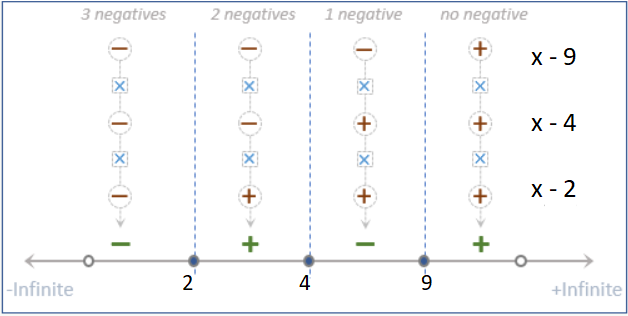Events & Promotions
| Last visit was: 09 May 2024, 04:26 |
It is currently 09 May 2024, 04:26 |

Customized
for You
Track
Your Progress
Practice
Pays
08:30 AM PDT
-09:30 AM PDT
11:00 AM IST
-01:00 PM IST
11:00 AM IST
-01:00 PM IST
12:00 PM EDT
-01:00 PM EDT
01:00 PM EDT
-02:00 PM EDT
Difficulty:


 95%
(hard)
95%
(hard)
Question Stats:
40% (02:15) correct 60%
(02:19)
wrong
60%
(02:19)
wrong  based on 621
sessions
based on 621
sessions
Solution



File comment: You can use this method of plotting transition points on the number line.
This is fast method and with practice one can get used to it.
6226da61-516a-4a8a-b3d5-c724a9240d3f.jpg [ 81.43 KiB | Viewed 9488 times ]
Solution






|
|
||
|
Hi Generic [Bot],
Here are updates for you:
ANNOUNCEMENTS
Tuck at Dartmouth
|